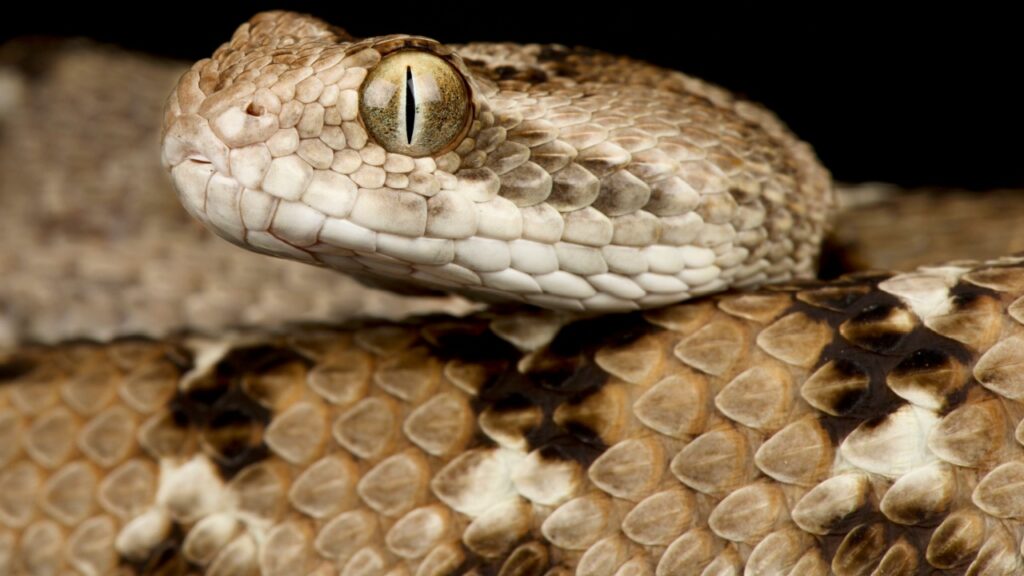We’re pretty lucky here in the UK that our only venomous snake is the adder. And, while you certainly don’t want to get bitten by one, it’s not usually deadly. But the saw-scaled viper? Yikes! These small but deadly snakes pack a powerful punch. Despite their size, they’re responsible for more human deaths than any other snake species worldwide. While they’re primarily nocturnal, unlike most other snakes, they’d also rather attack than flee, and they’re extremely fast. Take a look at some interesting facts about these small but aggressive snakes and be thankful we don’t have them here.
They’re the Deadliest Snakes in the World
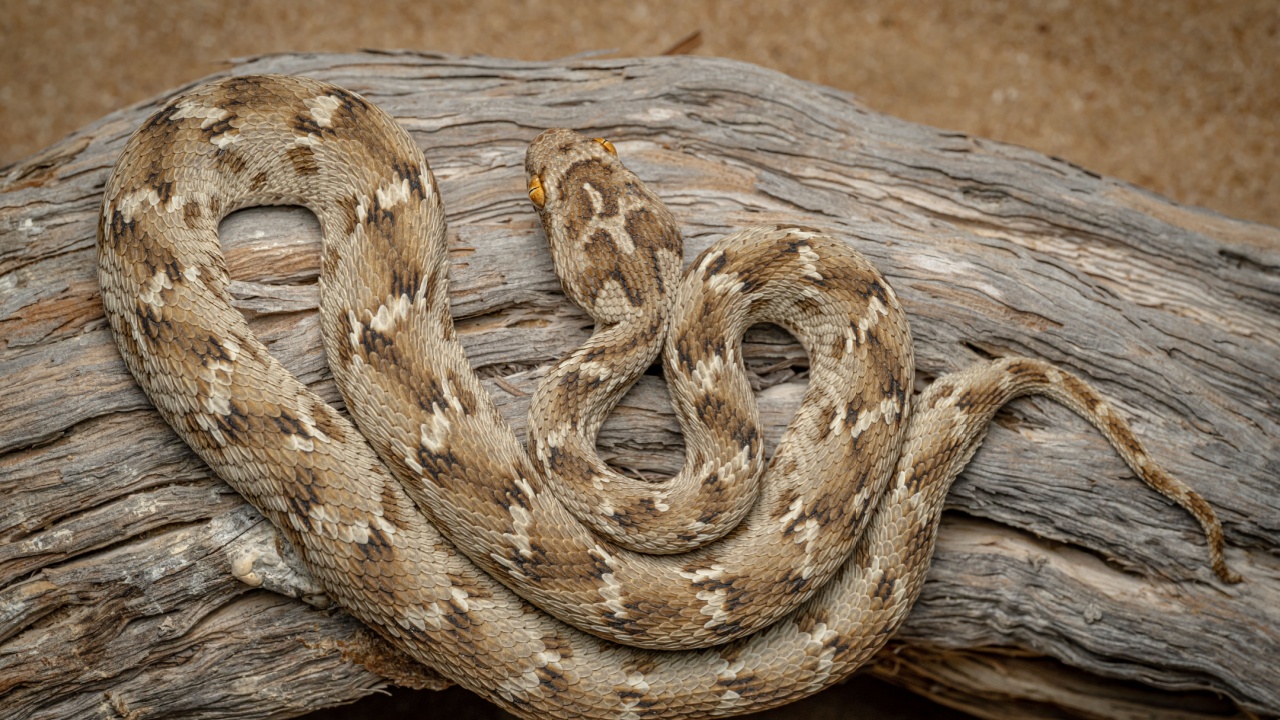
Saw-scaled vipers hold the grim title of causing more human deaths than any other snake species. While other snakes like the black mamba or inland taipan have more potent venom, saw-scaled vipers are responsible for the highest number of fatalities. This is due to their wide distribution in populated areas, aggressive nature, and the fact that many regions they inhabit lack quick access to antivenom. Experts estimate that venomous snakes bite about 5.4 million people every year, resulting in up to 138,000 deaths, with saw-scaled vipers contributing significantly to this number.
They’re Tiny Terrors
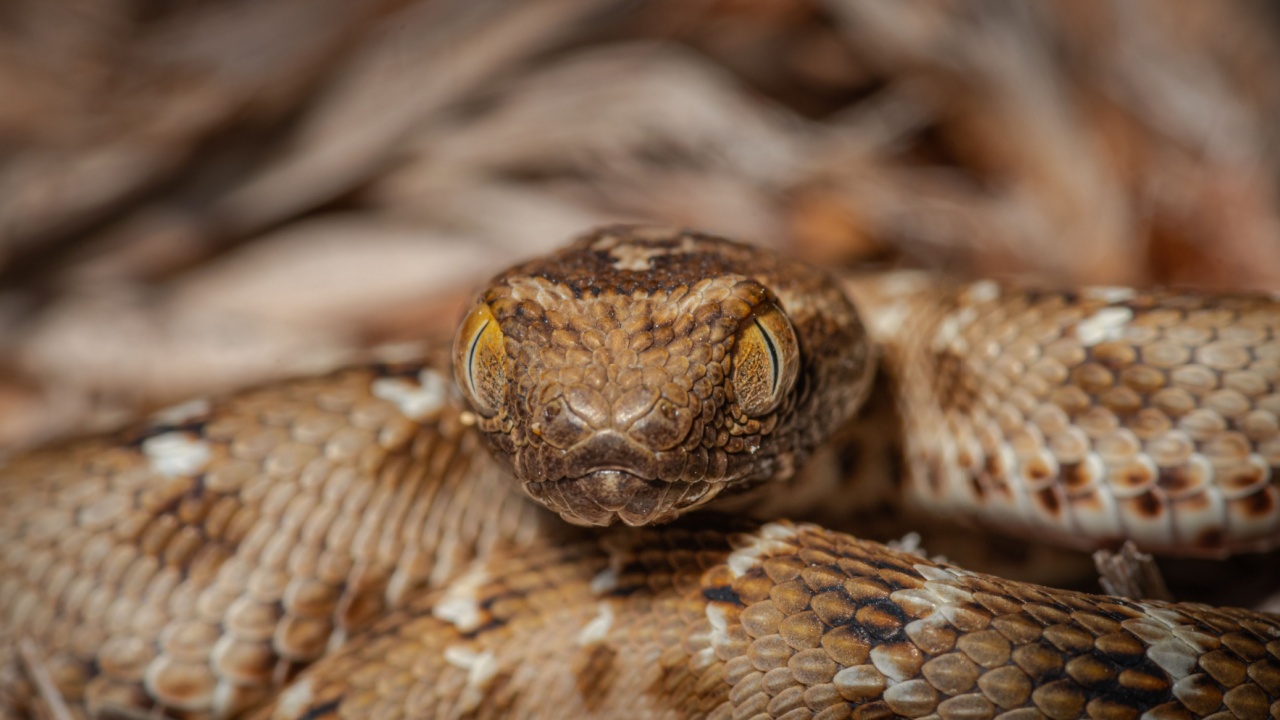
Don’t let their size fool you. Saw-scaled vipers are small snakes, typically measuring only 1 to 3 feet long. But what they lack in size, they make up for in venom potency. Their small stature makes them easy to overlook, which is part of why they’re so dangerous to humans. People often step on them accidentally, triggering an attack.
Their Name Comes from Their Scales
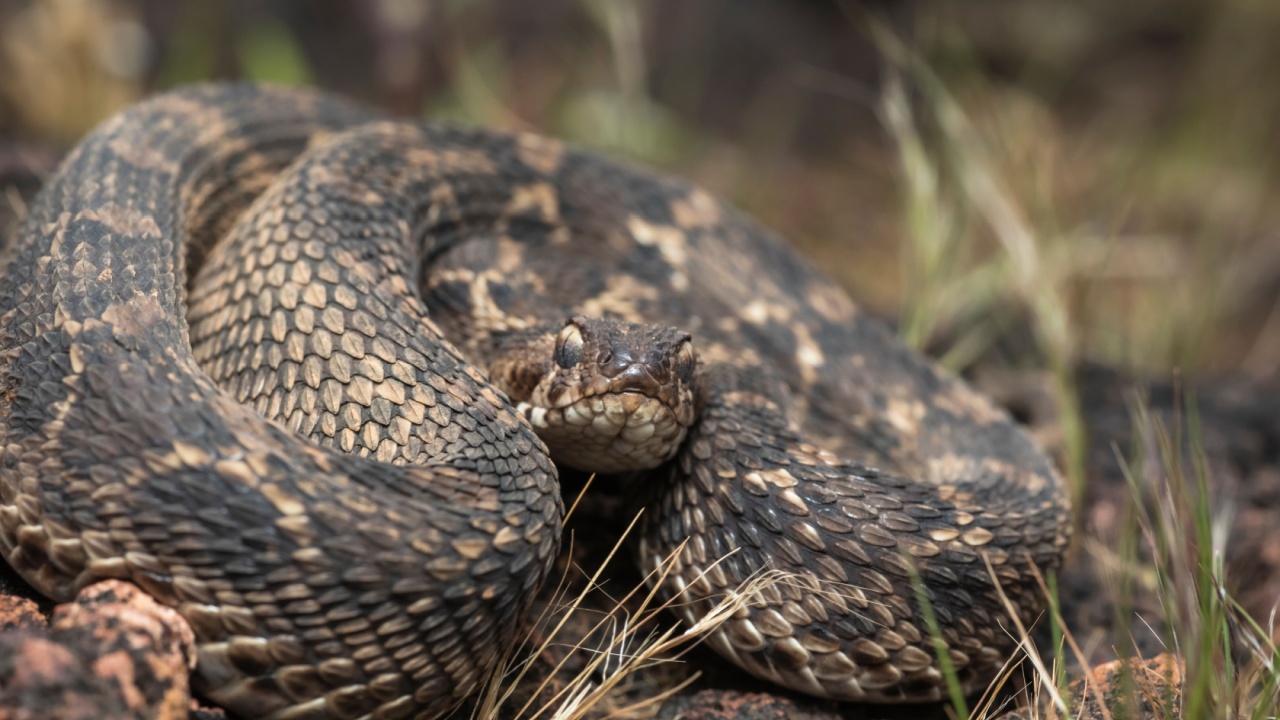
The saw-scaled viper got its name from the unique way its scales look and sound. When threatened, these snakes rub their serrated scales together, creating a harsh, saw-like sound. This noise serves as a warning to potential predators. It’s like nature’s own rattlesnake, but with a different instrument!
They’re Found Across Three Continents
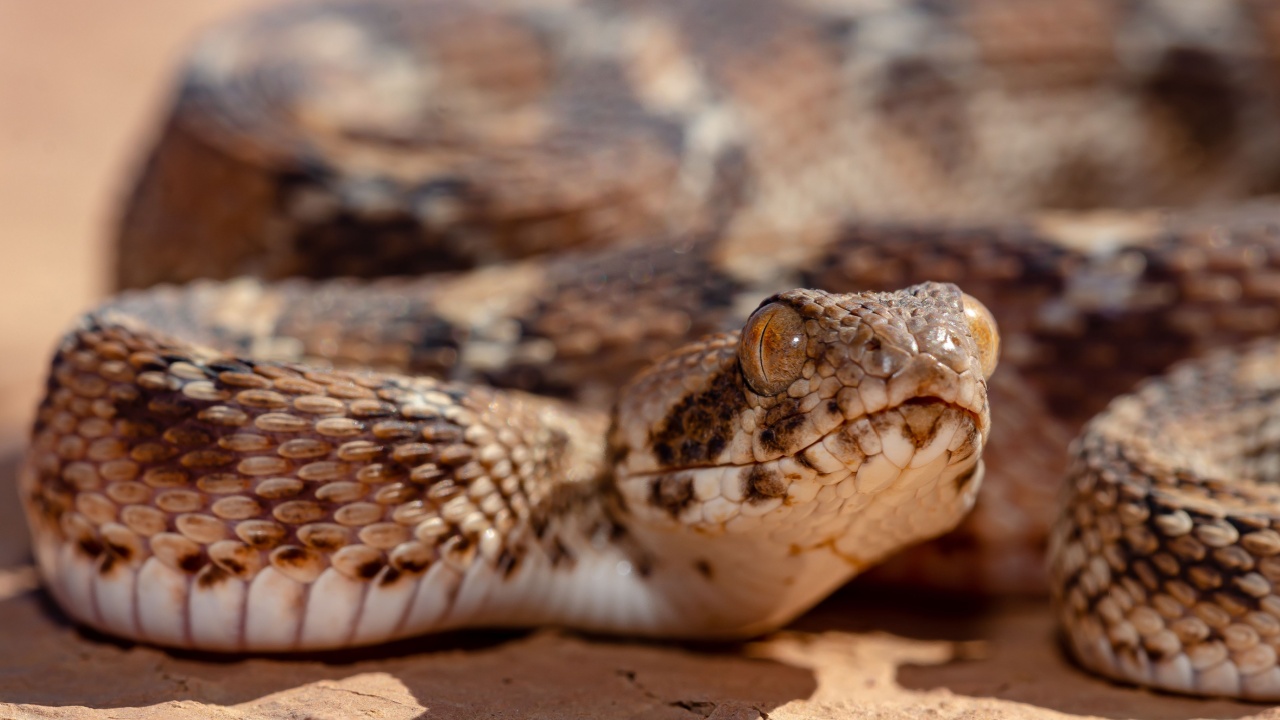
These snakes have a wide distribution. You can find saw-scaled vipers in parts of Africa, the Middle East, and India. They’re adaptable creatures, living in a variety of habitats from deserts to grasslands. This wide range is part of why they encounter humans so often.
They’re Mostly Nocturnal
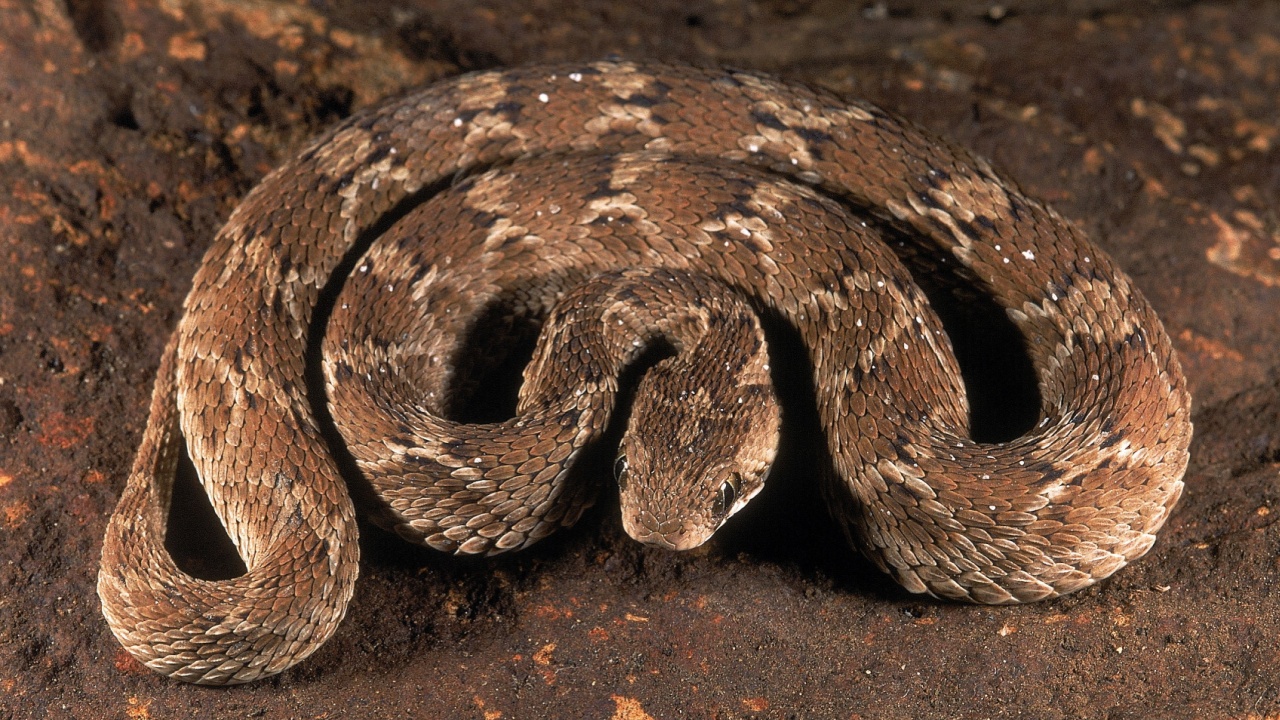
Saw-scaled vipers prefer to hunt at night. During the day, they often hide under rocks or in burrows to escape the heat. This nocturnal lifestyle helps them avoid predators and stay cool in hot climates. It also means they’re active when many people are asleep, increasing the risk of surprise encounters.
Their Venom Is Hemotoxic
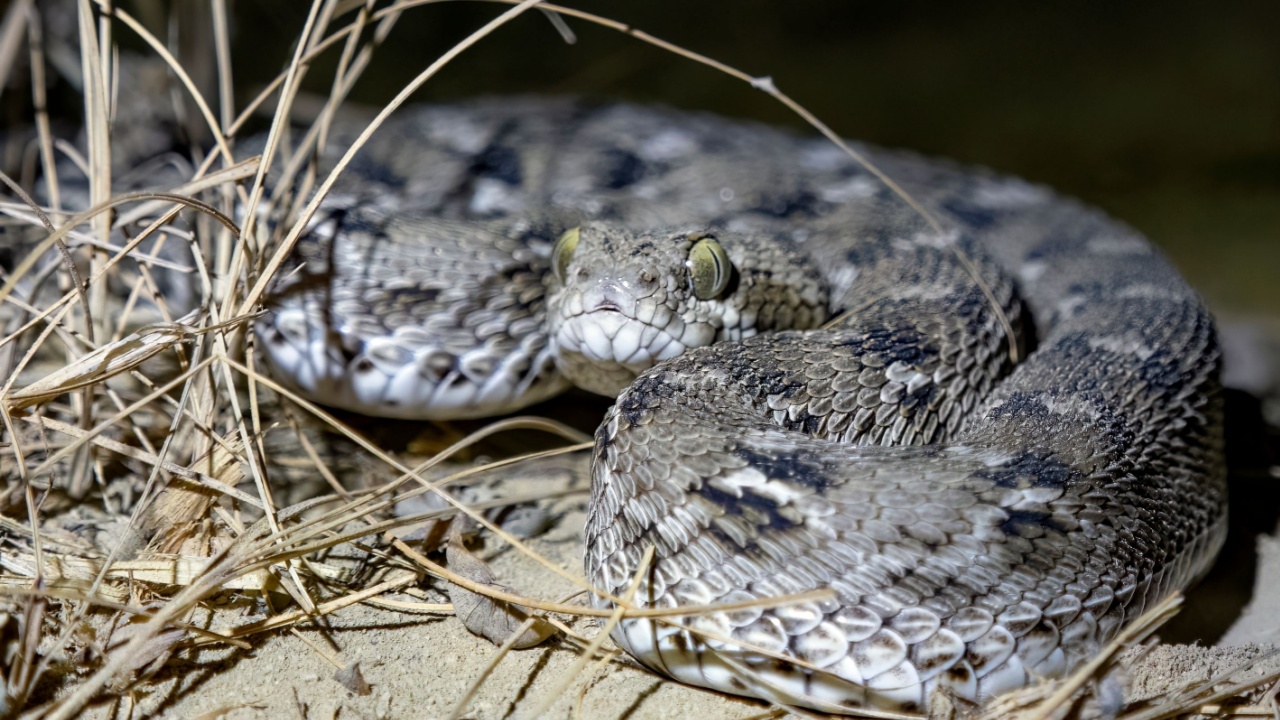
The venom of saw-scaled vipers is primarily hemotoxic, which means it attacks the blood cells and tissues. This can cause severe pain, swelling, and bleeding. In serious cases, it can lead to organ failure and death. Quick medical treatment is crucial if bitten by one of these snakes.
They Have a Unique Strike Pose
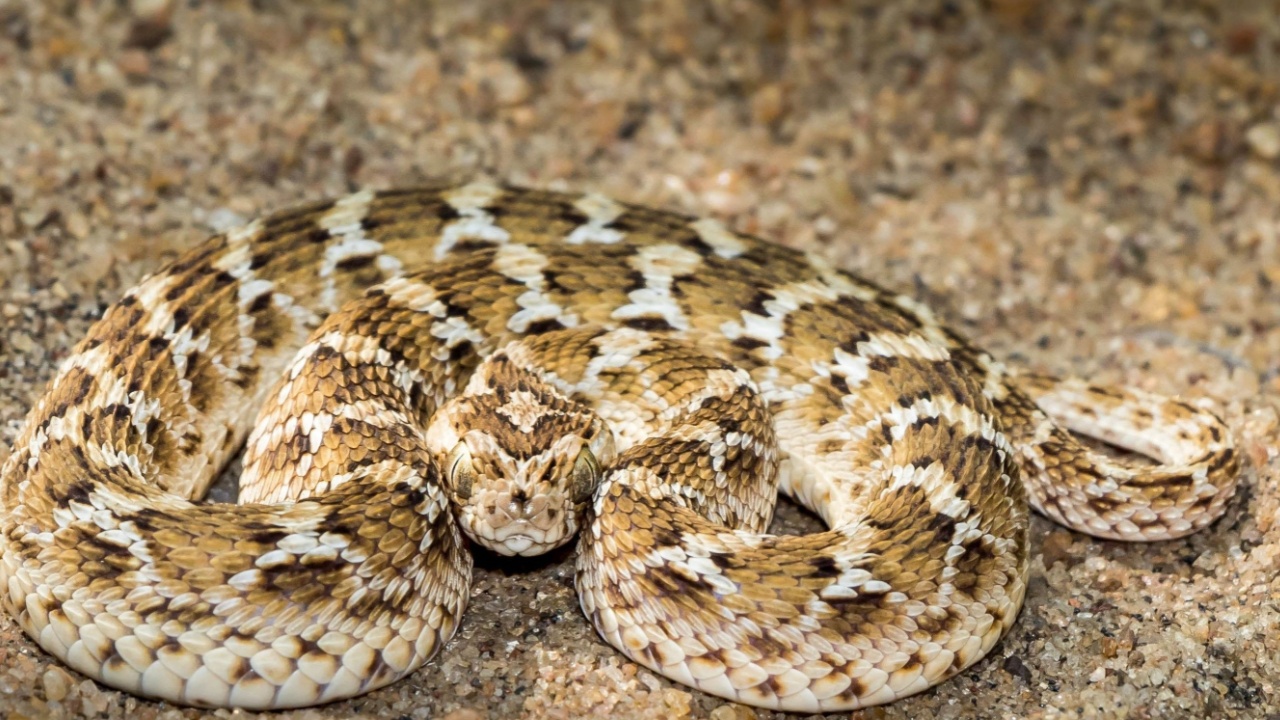
When threatened, saw-scaled vipers coil their body into a series of S-shaped loops. They rub their scales together to make their warning sound, and then they’re ready to strike. This distinctive pose is a clear sign to back away – fast!
They’re Aggressive When Threatened
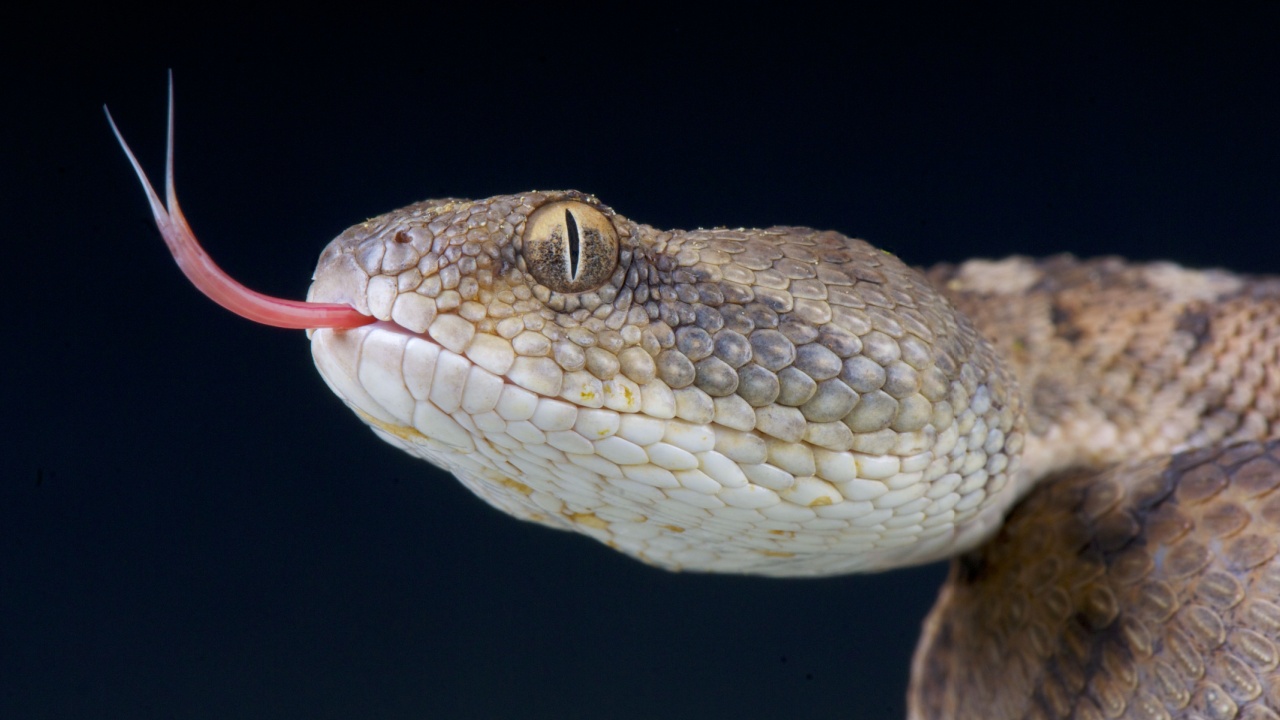
Unlike some snakes that prefer to flee, saw-scaled vipers are known for their aggressive defense. When they feel threatened, they’re quick to strike. They can launch forward up to half their body length in a lightning-fast attack. This aggressive nature contributes to their high bite rate in humans.
Their Fangs Are Folded When Not in Use
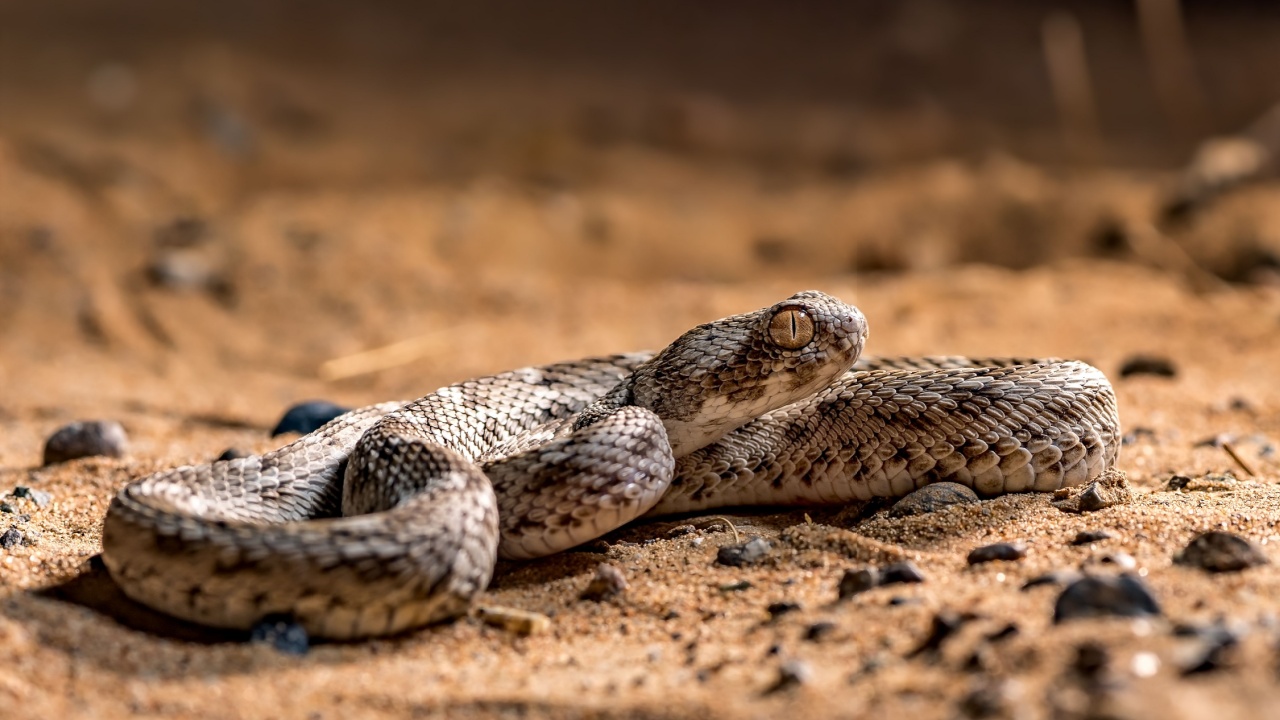
Like other vipers, saw-scaled vipers have long, hinged fangs. These fangs fold up against the roof of their mouth when not in use. When the snake strikes, the fangs swing forward to inject venom. This design allows for longer fangs that can deliver venom deep into their prey.
They’re Excellent Swimmers
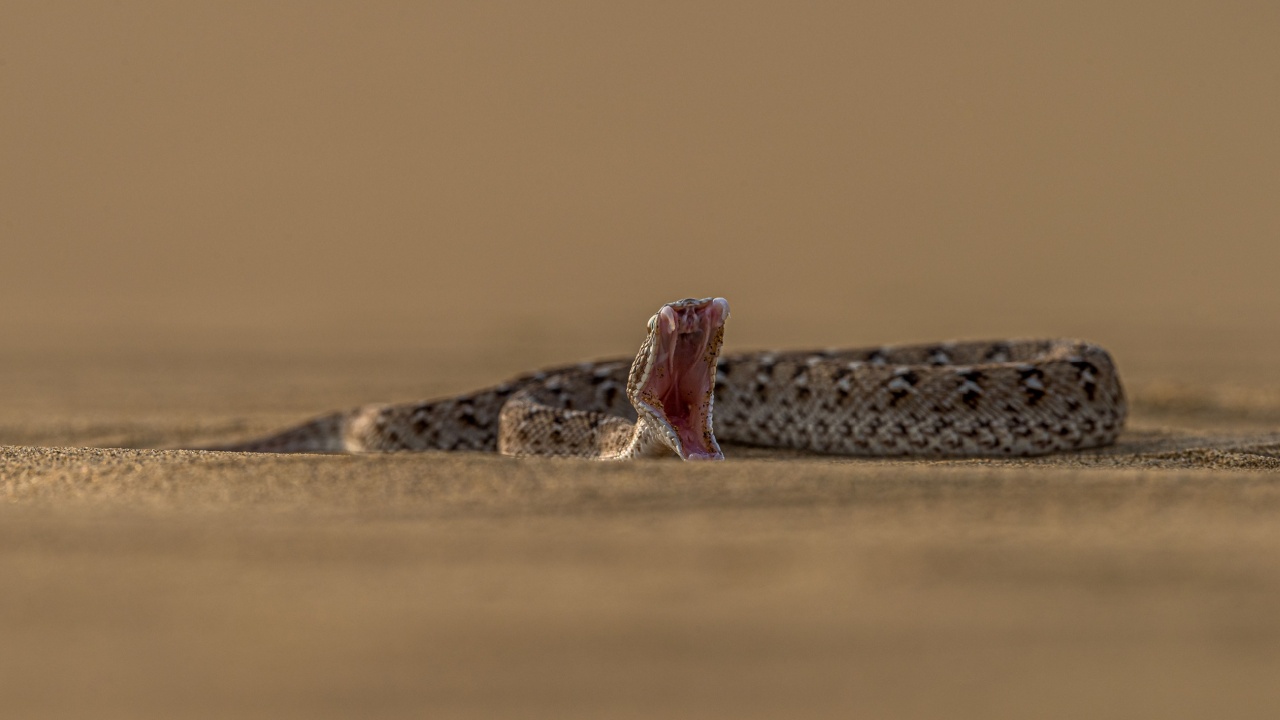
Despite living in many dry areas, saw-scaled vipers are surprisingly good swimmers. They can cross rivers and even hunt in water. This ability helps them survive in diverse habitats and makes them even more adaptable predators.
They Give Birth to Live Young
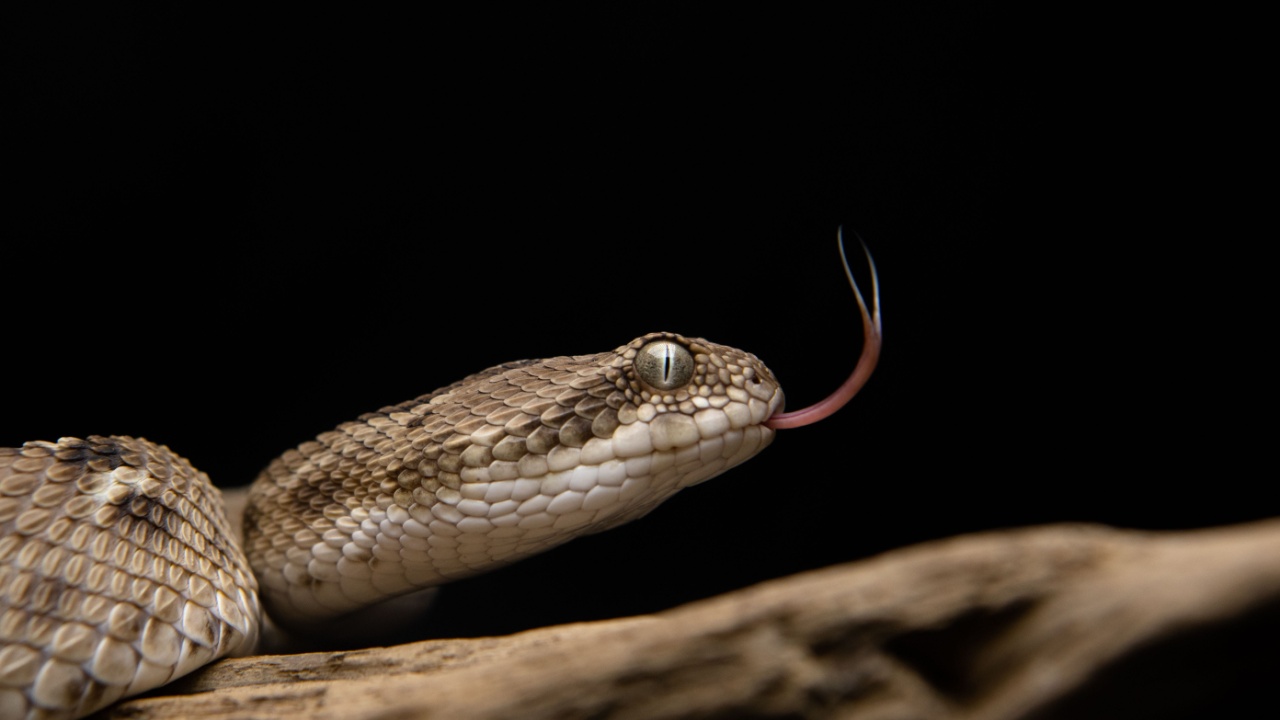
Unlike many snakes that lay eggs, saw-scaled vipers give birth to live young. A female can have anywhere from 3 to 15 baby snakes at a time. The babies are born fully venomous and ready to hunt, making them dangerous from day one.
Their Venom Has Medical Potential
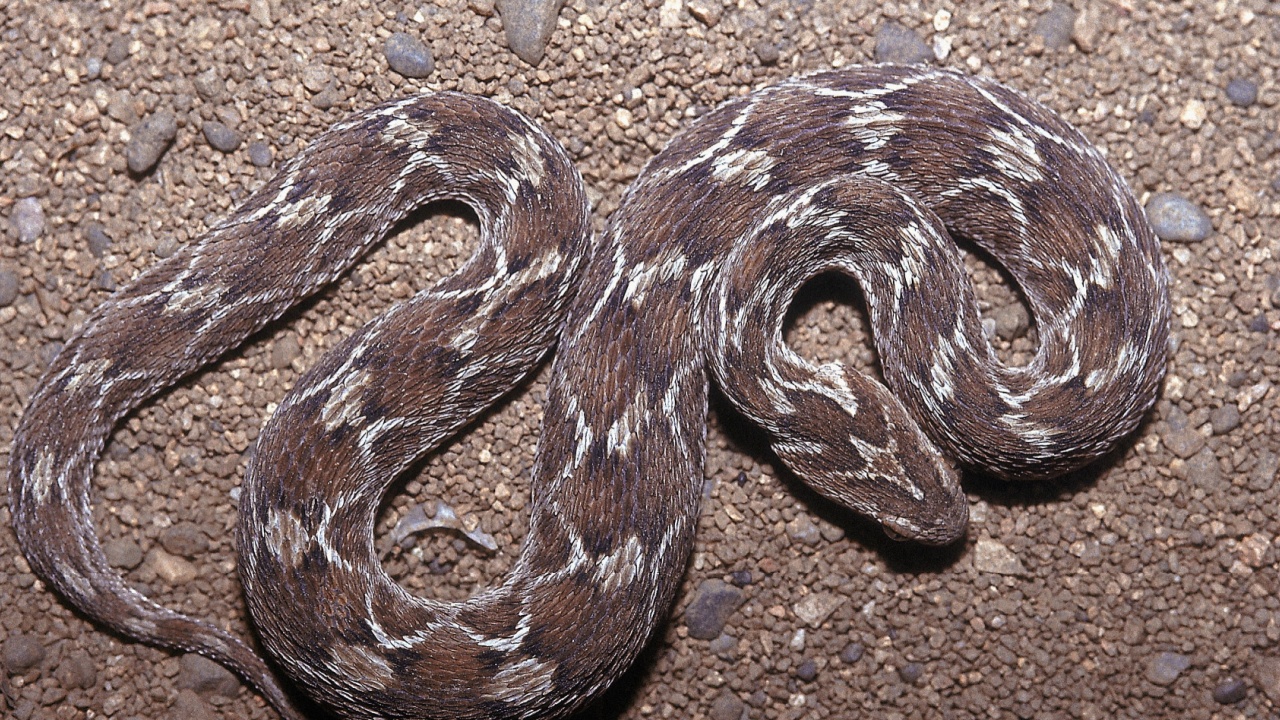
While their venom is deadly, it might also save lives. Scientists are studying saw-scaled viper venom for potential medical uses. Some compounds in the venom could help treat blood clots or develop new pain medications. It’s a reminder that even the deadliest creatures might hold secrets to help humanity.
They Have Heat-Sensing Pits
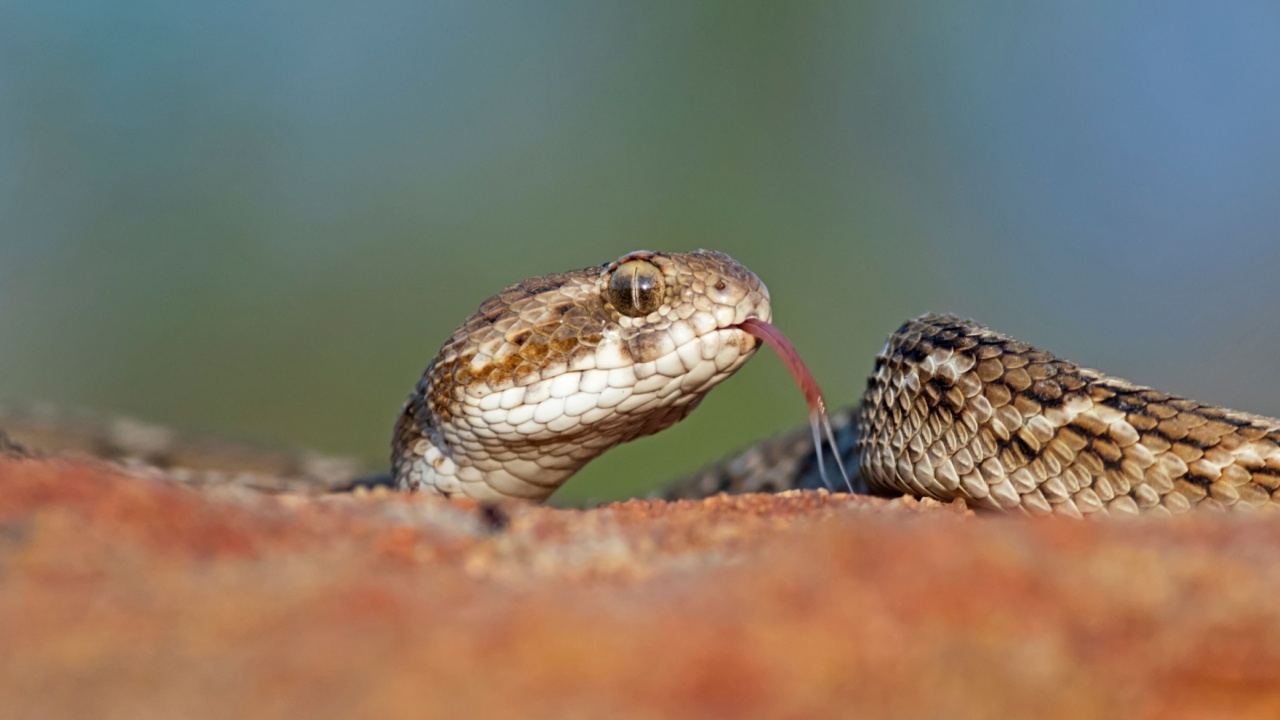
Like many vipers, saw-scaled vipers have heat-sensing pits between their eyes and nostrils. These pits help them detect warm-blooded prey in the dark. It’s like having built-in night vision goggles, making them efficient nocturnal hunters.
They’re Ambush Predators
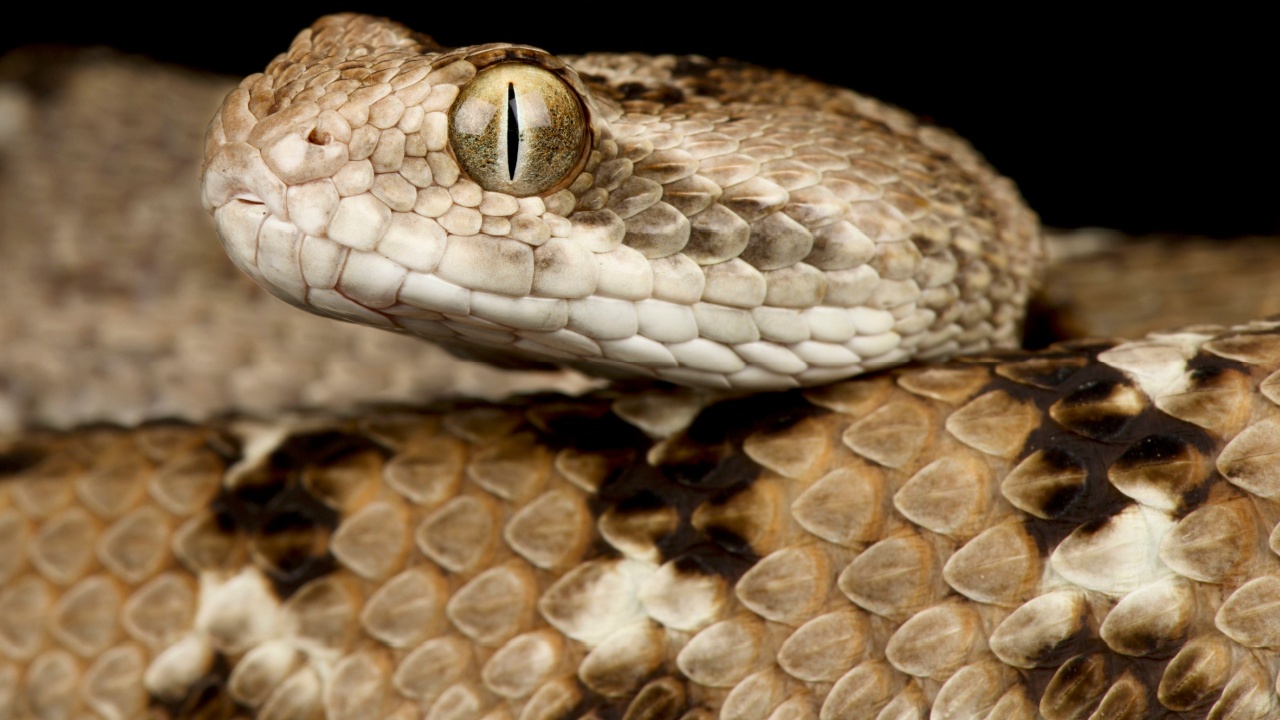
Saw-scaled vipers are patient hunters. They often lie in wait, perfectly camouflaged, for prey to come close. Then they strike with lightning speed. Their main diet consists of small mammals, lizards, and sometimes other snakes. This hunting strategy helps them conserve energy in harsh environments.
Climate Change Is Affecting Them
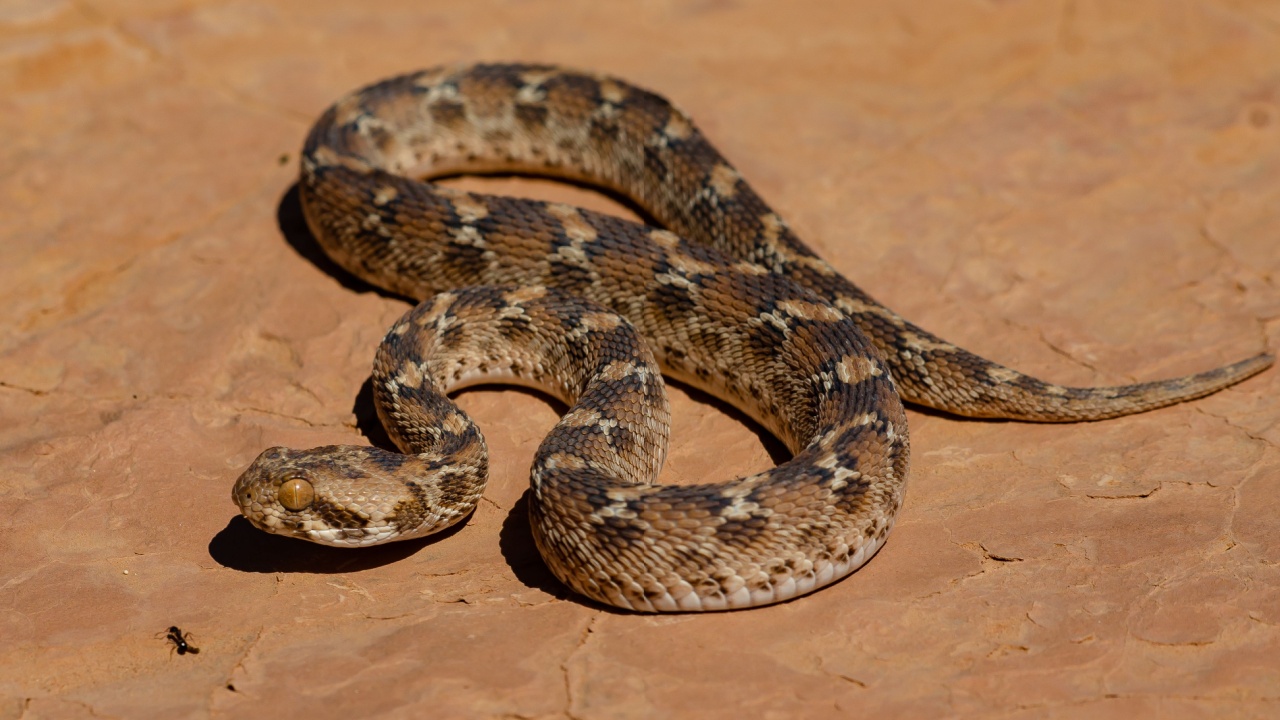
Like many animals, saw-scaled vipers are being impacted by climate change. Changing temperatures and rainfall patterns are altering their habitats. This could lead to changes in their distribution and behavior, potentially bringing them into more frequent contact with humans.
There Are Multiple Species
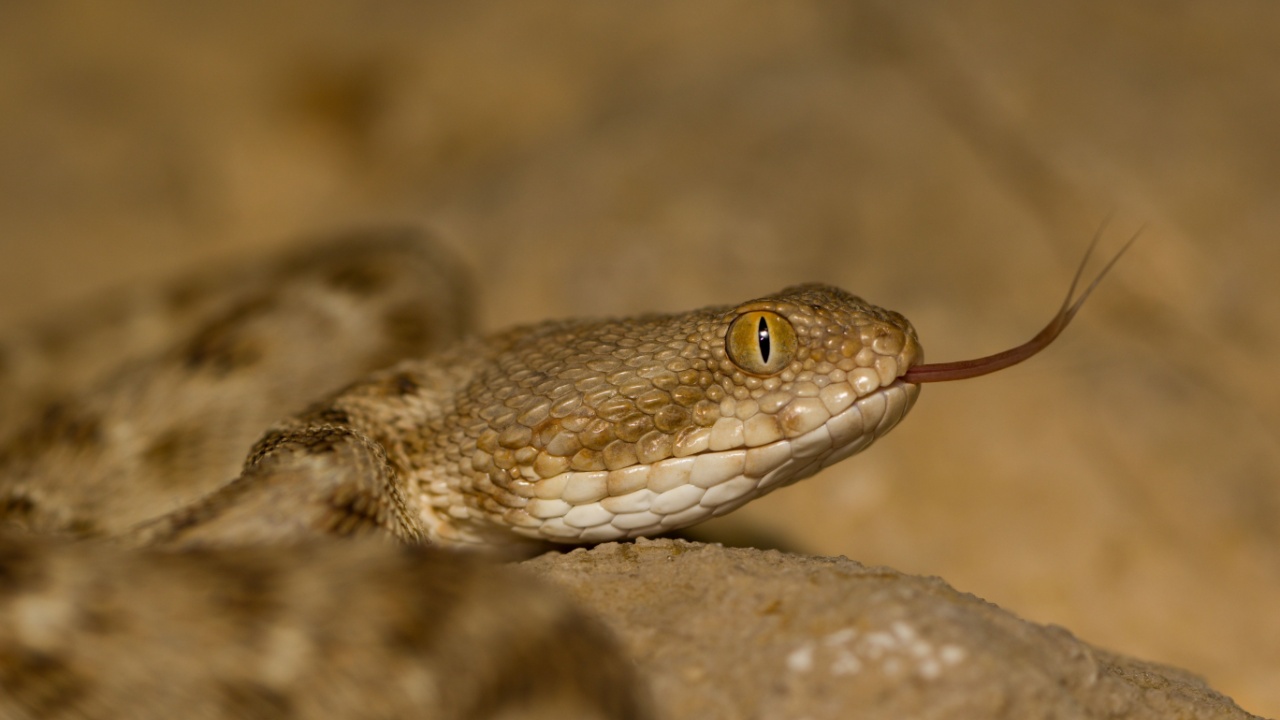
“Saw-scaled viper” isn’t just one snake, but a group of closely related species. There are at least 9 recognized species in the genus Echis. Each has its own unique characteristics and range. This diversity makes them an interesting subject for scientists studying snake evolution and venom development.
Becky is a fervent wildlife enthusiast and pet care expert with a diploma in canine nutrition. Her love for animals stretches beyond the domestic, embracing the wild tapestry of global fauna. With over a decade of experience in animal welfare, Becky lends her expertise to OutlandishOwl through insightful articles, captivating wildlife information, and invaluable guidance on pet nutrition. Her work embodies a deep commitment to understanding the intricate lives of animals and a passion for educating others on sustaining natural habitats. Becky's hands-on conservation efforts and her knack for translating complex dietary science into practical pet feeding tips make her an indispensable voice for creatures great and small.

